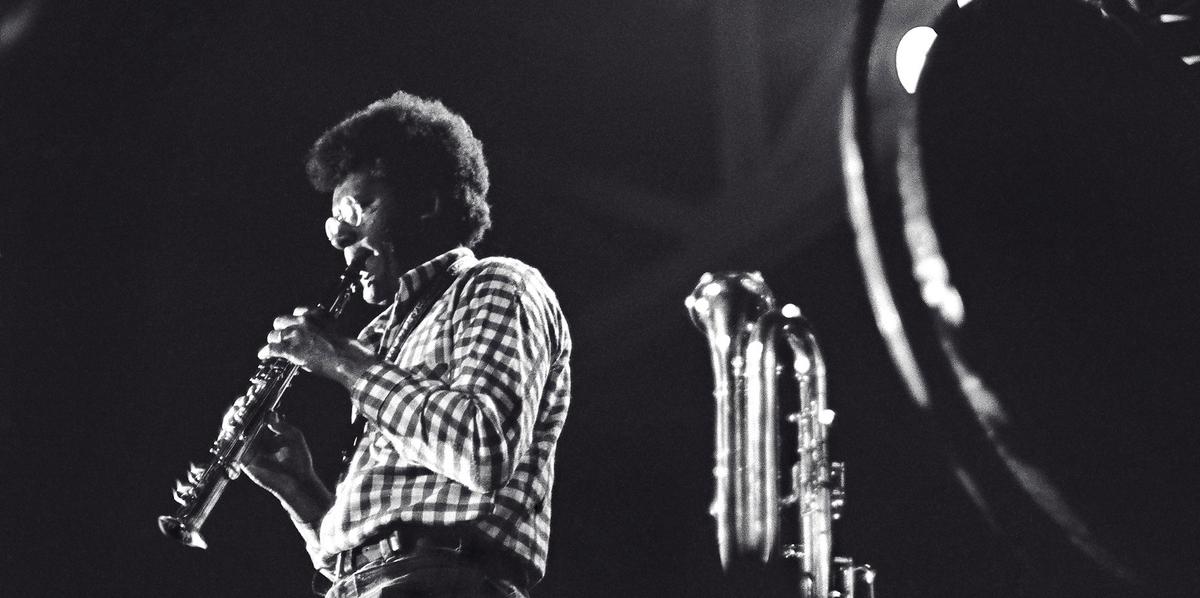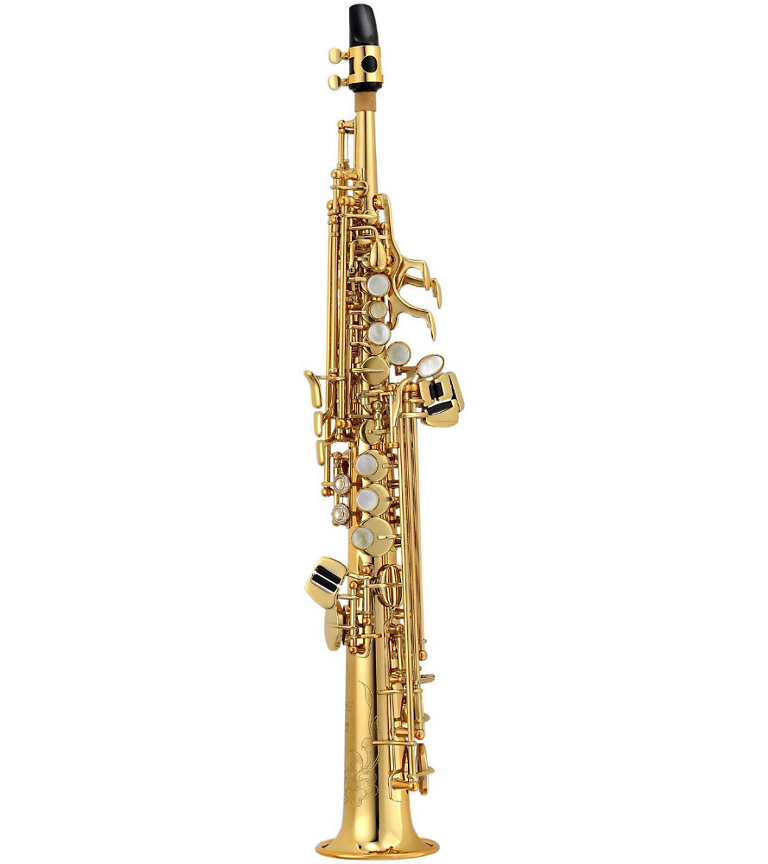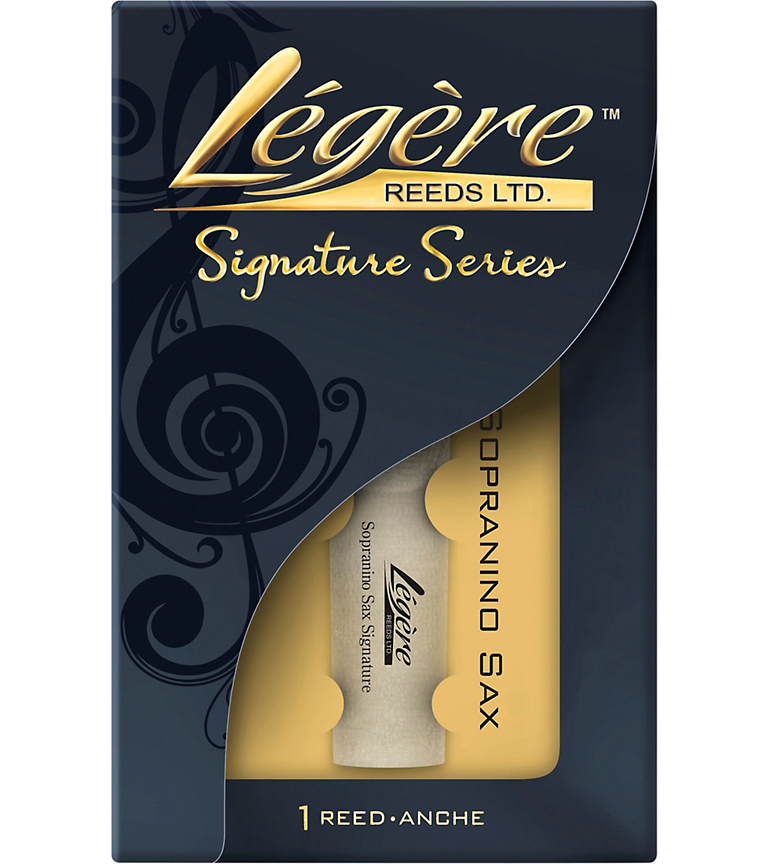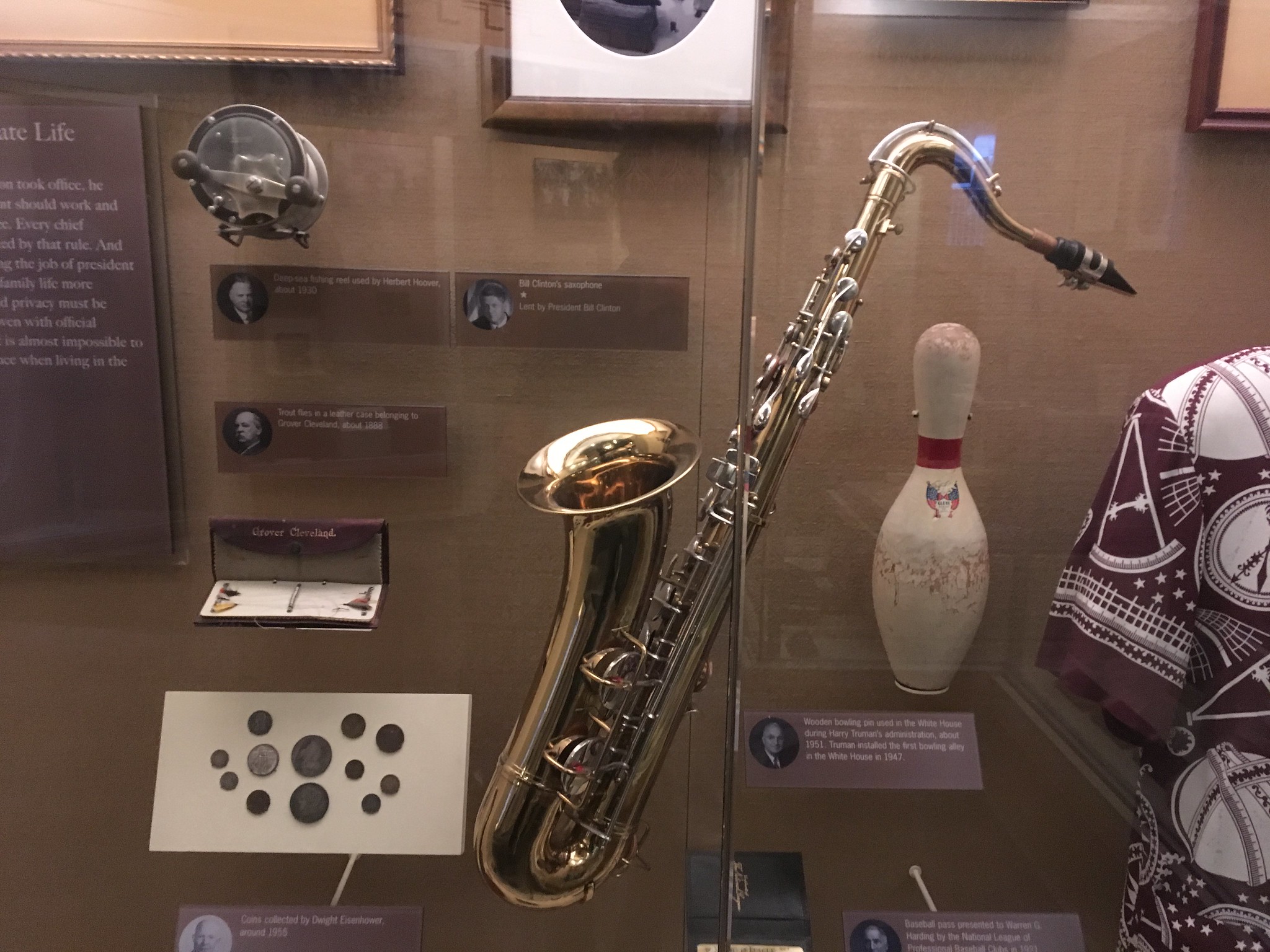What is a Sopranino Saxophone?
The sopranino saxophone is the smallest instrument in the original saxophone family. It is pitched in Eb, sounding one octave higher than even the best alto saxophone. Sopranino saxophones, like soprano saxophones, can either be straight or curved.
Most sopranino saxophones do not have a neckstrap ring, like other saxophones. Sopranino saxophones are light enough that a neckstrap is not needed.
Sopranino saxophones have very fussy intonation and are quite difficult even for a professional saxophonist to play in tune. Hector Berlioz, the famed composer, and friend of Adolphe Sax described the timbre of the sopranino as “penetrating,” in the revised version of his Grand Traité d’instrumentation, published in 1855.
The extreme difference in size and tone quality between the sopranino and bass saxophones is illustrated in this video.
It is important to note that the soprillo or sopranissimo saxophone was invented in the early 2000s by German instrument manufacturer, Benedikt Eppelsheim. A functioning instrument was not made available until after 2010. Technically, the soprillo is now the smallest member of the saxophone family, but not one of the original saxophones invented by Adolphe Sax. The soprillo saxophone is only manufactured by Benedikt Eppelsheim Wind Instruments.
Brief History of Sopranino Saxophone
So when was the saxophone invented? It was invented around 1841 by Adophe Sax, who originally designed two sopranino saxophones. One was pitched in F, for orchestral use, and the other in Eb for use in military bands. Perhaps the most famous use of the sopranino saxophone in F was in Maurice Ravel’s orchestral piece, Bolero (1928).
From about 1900 through the 1920s it was quite common to see vaudeville acts featuring the complete saxophone family, from the sopranino to the contrabass saxophone. This was a time, in the United States, when saxophones were still largely viewed as novelty instruments that should not be utilized for “serious” music.
Notable Sopranino Saxophonists
Edward O. Pogson (1904-1980) was a British jazz instrumentalist, who doubled on all saxophones, including the sopranino. Pogson had a long career with dance bands, from the 1920s through the 1950s. He worked together with bandleaders such as Jack Payne and Jack Hylton and also worked on BBC radio’s Goon Show.
Anthony Braxton (b. 1945) is pictured in the photo at the top of this article. He performs on the entire range of instruments in the saxophone family. Braxton has found a great deal of success performing in Europe. His own compositions are often considered highly intellectual but also filled with humor.
James Carter (b. 1969) is a well-known jazz musician, who plays saxophones ranging from sopranino to bass. He owns over 60 instruments, which he refurbishes himself. Carter has performed worldwide and has numerous albums.
Manufacturers of the Sopranino Saxophone
Saxophonists wishing to purchase a sopranino saxophone do have a number of choices. P. Mauriat, Yanagisawa, Selmer, and Rampone & Cazzani are currently the most well-known manufacturers of sopranino saxophones.
P. Mauriat, Yanagisawa, and Selmer all manufacture straight sopranino saxophones, with gold or silver plating.
Rampone & Cazzani produces both curved and straight sopranino saxophones. The straight sopranino is available in five different finishes, while the curved is only available in a silver finish.
In the recording below, Attilio Berni performs on two different sopranino saxophones. One instrument is curved, silver-plated, and was produced by Rampone & Cazzani in 2013. The other straight sopranino is nickel-plated and was produced by Arnaldo Borgani in 1899. The difference in tone quality is remarkable!
Légère, a major manufacturer of quality synthetic reeds even produces sopranino saxophone reeds. In their signature series, they range in hardness from two to four.
Sopranino Saxophone Today
Today, sopranino saxophones are typically heard only in saxophone ensembles, or as solo instruments. While the sopranino saxophone is still not widely used today, it is making a come-back thanks to some jazz musicians. The sopranino saxophone will always be an instrument largely played by professionals, due to its challenges with high register playing and intonation.
Photo by Tom |undefined
Marcello |CC BY-SA
|






